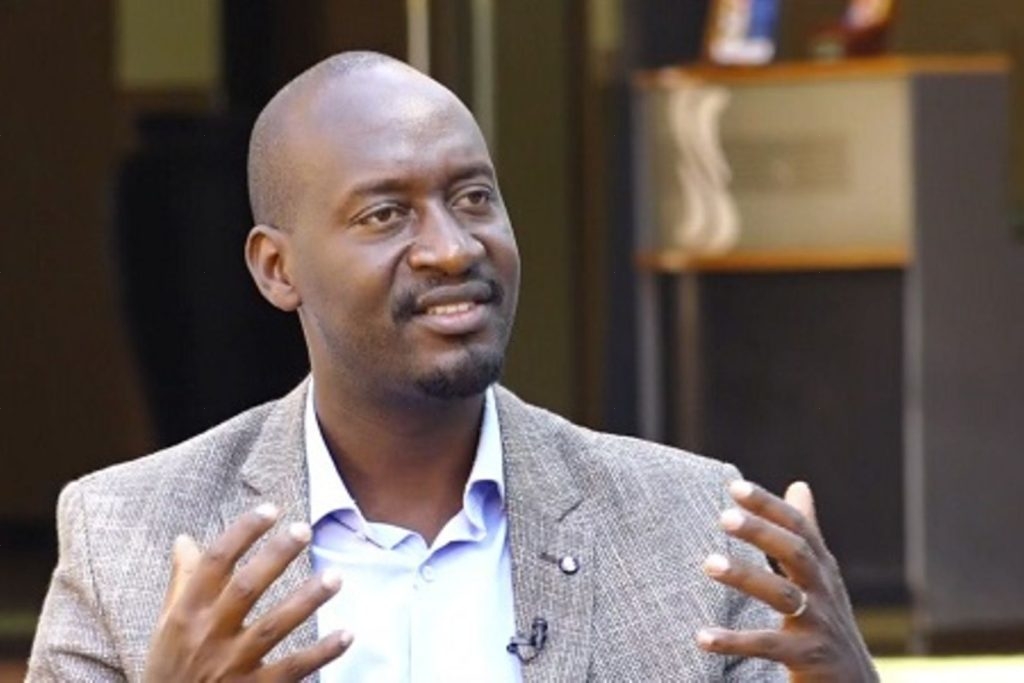The optimism around super power potential for Uganda is ripe and our leaders and communities at all levels are immersed in debate and actions on how to achieve geometric economic growth and become a first world in our life time. Those late to the party need to show up.
In nominal terms, Uganda’s ambition to grow her economy 10-fold translates into an average annual growth rate of 17 percent per annum over a 14-year period (2024/25-2037/38) as opposed to a 10-year period. Put simply, Uganda has to double the size of her GDP every 5 years for it to reach US$500 billion before 2040.This is a data driven consensus across Uganda’s economists and public policy professionals.
Over the past decade, Uganda’s economic growth has averaged 4.7% per annum, which is lower than the average growth of 7.3% in the previous decade. The foregoing is explained by internal shocks caused by COVID-19, tough weather conditions and external shocks occasioned by wars and instability in Ukraine, Sudan, Middle East and Democratic Republic of Congo.
There are other contextual and historical reasons that have hamstrung the Country from achieving exponential and geometric growth rates. The history books are fully decked in diverse libraries, I will therefore not seek to go into specifics and detailed litigation of Uganda’s history. From where I seat now, the economic growth view is panoramic. The minimum base for catapult of the economy is very solid and concrete. There are clear and present opportunities that have potential and agility to grow Uganda’s economy to 17% annually at least for 14 years, generate billions, jobs and deliver inclusive prosperity.
Indeed, there are countries with similar economic base like Uganda (Financial year 2022/23) albeit with different political and social structure that have exponentially grown their GDP to around US$500 billion. South Korea: 22 years of growth at an average annual growth rate of 13% (from US$ 38.0 billion in 1977 to US$1,665 billion in 2023); Chile: 33 years of growth at an average annual growth rate 4.5% (from US$33 billion in 1990 to US$316.7 billion in 2023). Singapore: 33 years of growth at an average growth rate per annum of 8.7% (from US $36.1bn in 1990 to US$466.8 in 2023); Malaysia: 34 years of growth at an average annual growth rate of 8% (from US$ 38.0in 1989 to US$406 billion in 2023). Thailand: 38 years of growth at an average annual GDP growth rate of 7.6% (from US$ 38.9 billion in 1985 to US$ 500 billion in 2023).
The exponential GDP growth of the above countries has happened in the lifetime of a single generation. A significant share of this performance according to diverse peer reviewed sources is attributed to the surge in Foreign Direct Investment (FDI) into the above countries which helped close their savings-investment gaps and deliver sharp rise in human capital formation. Uganda is at a further advantage to deliver her exponential growth ambition in this period because the size of the global market is much larger, interconnected with new industrial technologies.
Uganda, through a correct and deliberate industrial policy has built an investment land bank of 75 square miles across the Country to establish fully serviced industrial parks (Industrial electricity, water, roads, fibre optics and industrial waste facilities) presenting a competitive and huge infrastructure base to add value to agriculture products (boosted by Parish Development Model), minerals, forestry products – and produce knowledge products like electronics, phones, computers, medicines, petro-chemicals, establishment of data and logistics centres and other diverse products with an estimated 2.5 million rewarding jobs in the medium and long term. The industrial parks will also bolster and harness new sources of growth like industrial scale skills formation, emerging technologies and consolidation of markets in the region, Africa and beyond.
To put the foregoing into perspective – on technology and innovations, real action is already self-evident in functional industrial parks. For example, the development of a single HIV pill by Quality Chemicals Ltd, Anti-malarial paint by Plascon Uganda Limited, Gas Insulated Switchgear (GIS) transformers by Orion Electricals and Transformers Ltd, Roofings Rebar plant with reinforced high tensile steel, Fei Long Investment Ltd recycling of plastic into fabric and East African Medical Vitals producing the first powder free surgical gloves. Fridges and Generators are now manufactured locally by Afford Agencies Ltd, Orion Electricals, Transformers Ltd and Steema Transformers and Electricals Ltd USD.
The target of $500 billion, which will swing Uganda effectively into a first world will mean full exploitation of economic potential in the following areas according to available simulations and datasets. Agro-industry will have to achieve target of $20 billion from current $1.08 billion per annum. Mineral based industries will have to deliver a target of $20 billion from current $1.5 billion. Tourism is another low hanging sector that will have to deliver a target of $50 billion from current $2 billion revenue (The current value of global tourism is at $9.5 trillion). Relevant government agencies and private sector actors will need to urgently combine efforts to map and execute the journey to achieve the targets.
To seamlessly hit the targets – there are perquisites and constants that government will have to remain focussed on: Investments in economic and social infrastructure (energy, urban roads, trunk roads, community access roads, tourism roads, standard gauge railway, marine transport and internet), research, science, technology and human capacitation through robust education investments, skilling and health.
Finally the adaptive work of consolidating the prerequisites; i.e. national security, macro-economic stability, rule of law and order, effective public sector accountability, supportive policies to private sector and deepening of democracy must continue. It’s embedded.
Morrison Rwakakamba, is a farmer, businessman and Chairman of Uganda Investment Authority. mrwakakamba@gmail.com


